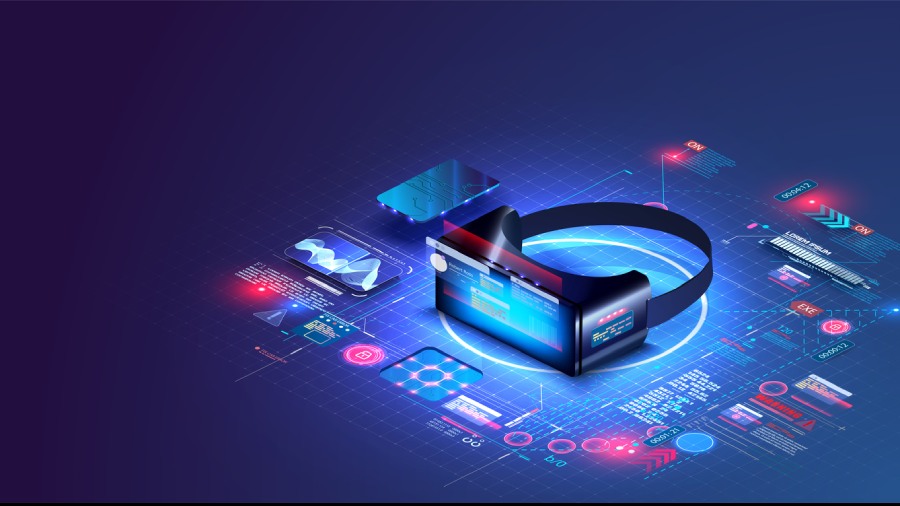Nearly 15 years after the iPhone sparked the smartphone revolution, Apple is assembling the pieces for what it hopes will become its next business-altering device: a headset that blends the digital world with the real one.
The company has enlisted Hollywood directors such as Jon Favreau to develop video content for a headset that it is expected to ship next year, according to three people familiar with that work. Favreau, an executive producer of Prehistoric Planet on Apple TV+, is working to bring that show’s dinosaurs to life on the headset, which looks like a pair of ski goggles.
Apple also plans to unveil software tools that would allow apps to add new camera and voice functionality, laying the groundwork for a hands-free interface that customers will be able to navigate on the headset.
The planned headset will thrust Apple into an emerging competition to define the future of mixed reality. Microsoft, Google and Meta are in various stages of developing software and hardware to create environments where 3D digital images and the physical world coexist.
Last year, Meta CEO Mark Zuckerberg dropped Facebook as his company’s name and committed it to building a concept known as the metaverse, where the online, virtual and real worlds coalesce in a new universe. He and others believe it could become the next wave of computing, succeeding the smartphone age dominated by Apple’s iOS and Google’s Android software, much as those platforms followed the decades of Windows and Macintosh.

The headset will thrust Apple into an emerging competition to define the future of mixed reality Shutterstock
“For Apple, this is about a new computing experience and opportunity to engage consumers with a device and new experiences that build on what they’ve done with content,” said Carolina Milanesi, a technology analyst with Creative Strategies, a technology research firm.
Apple’s development of virtual-reality content and software tools is central to creating experiences that give its future headset purpose. Its last major new product, the Apple Watch, was launched with about 3,000 apps but struggled to take off because tech reviewers said few of those apps were useful. Similar shortcomings have dogged Meta’s Quest virtual-reality headset, because many view it as a gaming device.
Apple CEO Tim Cook has been talking about the potential of augmented reality for years. In 2016, he said the company was investing heavily in it and considered it a “great commercial opportunity”. At that time, many employees were reading Ready Player One, a futuristic novel, and talking about the possibilities of creating Apple’s own mixed-reality world.
Apple hired an engineer from Dolby Technologies, Mike Rockwell. His early efforts to create an augmented-reality product were hobbled by weak computing power, two people familiar with the project said. Continuing challenges with its battery power have forced Apple to postpone its release.
The augmented-reality initiative has been divisive inside Apple. At least two members of its industrial design team said they had left the company, in part, because they had some concerns about developing a product that might change the way people interact with one another. Such sensitivities have increased inside the company amid rising public concern about children’s screen time.
With Rockwell at the helm, the product would be one of the first to come out of Apple led by its engineering team rather than its co-founder Steve Jobs, who died in 2011, and its former design chief, Jony Ive, who left the company in 2019.
The software tools from Apple extend a multiyear push to encourage developers to build augmented-reality apps. The company kicked off that effort in 2017 with ARKit, which allowed developers to use the iPhone’s camera and motion sensors to place digital objects in the real world and let people interact with them.
A toolkit Apple may introduce offers software developers abilities to trigger shortcuts inside their apps using Siri and QR codes, which will be leveraged in future headsets, a person familiar with the project said.
NYTNS










